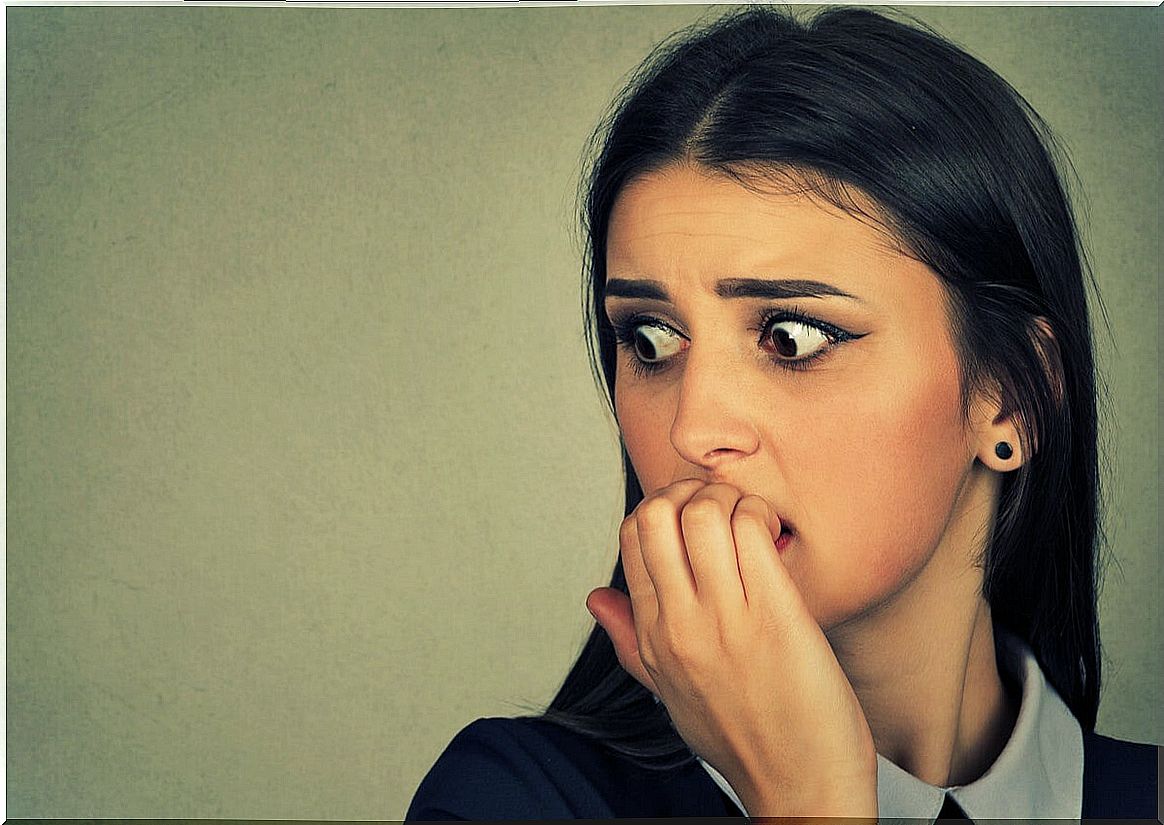Enoclophobia Or Fear Of The Crowd: What Are Its Characteristics?
It is common to be afraid of crowds, since being in the middle of one can have consequences. However, there are people whose fear or anxiety in such a situation is so intense that they become paralyzed and experience a lot of discomfort. In these cases it is an enoclophobia.
Below we will detail the characteristics of this specific phobia, as well as its causes and treatments. In addition, we will explain to what extent fear of the crowd is a healthy response.
What is enoclophobia?
Also called demophobia , it is the irrational and persistent fear of crowds. People who suffer from it avoid frequenting spaces where many people are crowded together.
In addition, exposure to these situations causes high levels of anxiety and certain symptoms. As it is a specific phobia, the feeling of fear tends to get worse and it is difficult to escape from it.
Irrational fear and adaptive fear
It is important to keep in mind the difference between fear as an adaptive function and irrational fear. The first response guarantees survival, since it takes us away from danger. In other words, fear is a necessary reaction to activate and alert us.
It is not unreasonable to be afraid of the crowd, as they involve a series of risks. However, if they produce intense discomfort, paralyze the body, and significantly interfere with proper functioning, then the response is no longer adaptive, but irrational.
That said, phobias are irrational fears in which the experiences of fear or anxiety are disproportionate in relation to the real danger that the object or situation represents.
What are your causes?
There are various theories regarding the causes of specific phobias. Among the most accepted is that provided by the behavioral paradigm. This perspective states that phobias can be acquired through two processes:
- When experiencing a traumatic event associated with the phobic stimulus: that is, suffering a painful or overwhelming situation in the middle of an agglomeration of people. Feeling short of breath or being crushed would be examples.
- By observation: watching others, either live or filmed, being victims of a tragedy that took place in a crowd.
On the other hand, there are other positions that speak of a biological and a psychological vulnerability, which predispose certain people to suffer from anxiety disorders:
- Biological: it would be genetically programmed. The neurobiological constitution of the person allows a hypersensitivity to stress.
- Psychological: in this case, the person feels that threatening situations are unpredictable and uncontrollable. This is due to their past experience with overprotective educational styles, previous negative information, or traumatic events from childhood.

Characteristics of enoclophobia or fear of the crowd
According to the fifth edition of the “Diagnostic and Statistical Manual of Mental Disorders” (DSM-V), the clinical characteristics of specific phobia are the following:
- Intense fear or anxiety about a specific object or situation (in this case it’s crowds).
- The phobic object or situation almost always provokes immediate fear or anxiety.
- The phobic stimulus is avoided or resisted with intense fear or anxiety.
- The fear or anxiety is disproportionate to the real danger that the situation represents.
- The fear, anxiety, or avoidance is persistent and lasts for 6 months or more. In addition, they cause significant discomfort or deterioration in different areas of life, such as social and work.
Fear of the crowd can manifest itself through a panic attack or a more generalized sense of anxiety. The first consists of the experience of an intense terror that begins suddenly and manifests itself through the following symptoms:
- Chest pain
- Chills or excessive heat.
- Difficulty breathing.
- Incrise of cardiac frecuency.
- Tingling or numbness
Consequently, people experiencing a panic attack may experience a sense of unreality, fear that they will go crazy or die.
How is it different from social phobia and agoraphobia?
Fear of the crowd can be confused with social phobia and agoraphobia. That is why below we show what each one consists of and why they are different conditions.
Social phobia
The essential characteristic of social phobia is intense fear or anxiety to social situations in which the person can be analyzed or evaluated by others.
Some examples of these social interactions are having a conversation, meeting strangers, being watched on the street, or performing in front of others.
The fear of evaluation is experienced in the presence of many or few people. In contrast, enoclophobia is characterized by excessive fear of large crowds.
Agoraphobia
In agoraphobia, the person fears or avoids certain situations because they think that escaping from them could be difficult or could not receive help if disabling or panic symptoms appear. These situations are the following:
- Public transport.
- Open spaces.
- Closed places.
- Queues in businesses or institutions.
- Away from home without company.
Being in a crowd of people represents a situation that produces anxiety in the agoraphobic. But this is not only afraid of crowds, but there are other situations that cause the symptoms.
Available treatments
There are a number of effective treatments to treat specific phobias. Among the most popular are exposure and cognitive therapies, which we will now describe.

Exposure therapies
It consists of bringing the patient as close to the phobic stimulus as possible and maintaining it until the anxiety diminishes or disappears. These approaches are gradual.
The technique is performed in an imaginary or live way, the latter being a more effective modality. In addition, it is effective if the therapist models the first approaches and provides reasonable information about the treatment.
On the other hand, it is usually accompanied by relaxation techniques, as a way to counteract the effects of anxious reactions. These facilitate the habituation to the phobic stimulus and to have a greater control.
Cognitive therapies
They are aimed at changing thought patterns, emphasizing the distinction between the realistic and the unrealistic. As well as the difference between possible and probable.
This line also includes some techniques aimed at increasing the patient’s information about their disorder. The goal is to inform in appropriate language about different concepts related to the acquisition and maintenance of your phobia.
Common, but treatable
Phobias are usually a fairly common condition. However, when they become disabling or cause significant discomfort, it is vitally important to see a specialist. Maintaining them can get worse over time and trigger other anxiety disorders.









